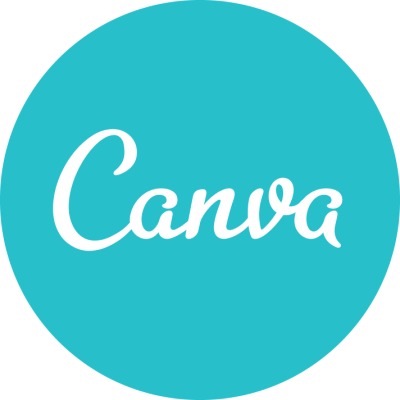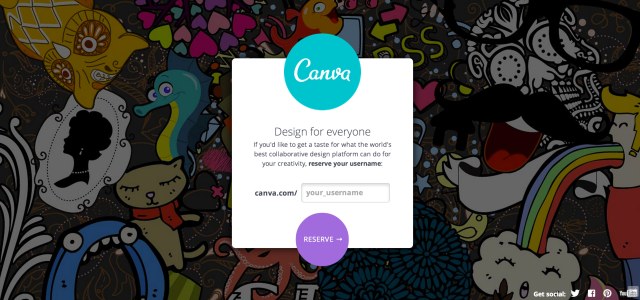Canva, a stealthy Sydney-based startup building an online design platform, is today announcing it raised $3 million in seed funding from Matrix Partners, InterWest Partners, 500 Startups, and angels, including Google Maps founder Lars Rassmusen, Bill Tai (Charles River Ventures), and Ken Goldman (CFO of Yahoo). According to Canva CEO Melanie Perkins, the startup is approaching collaborative design from an “incredibly different angle,” but she isn’t ready to go into details about the product at this point.
What we do know is that the idea from Canva is a spin-off from Perkins’ previous startup, Fusion Books, an online publishing system for creating school yearbooks launched in 2007. That company, which she ran with Canva co-founder and COO Cliff Obrecht, currently has 10 percent of the Australian yearbook market and has more recently launched in New Zealand and France.
“We always knew that the technology we developed was much more powerful than just the yearbook market,” says Perkins. So last summer, the team decided to take that concept to a larger market. Canva, she explains, is supposed to make design accessible to everyone.
“At the moment, if you have an idea in mind and you want to translate that into a design, there’s a huge number of friction points,” says Perkins. “It takes a very long time to create something – to create a simple design – unless you’re a professional designer.” During the co-founders’ time at Fusion Books (which now has a GM in place running it), they were able to learn a lot about how non-professionals approach design, and how tools should fit into people’s natural workflow.
With the Fusion Books platform (patent filed here), users are able to login and collaborate on not only the text of yearbook pages, but also the visual experience. It takes the creation process online, instead of having pages emailed around among those on the yearbook team, for example. And the system provides users with easy access to page backgrounds, fonts, and layouts.
“That idea is being transplanted into Canva, but with more applications [than just yearbooks],” says Perkins. The Canva LinkedIn description goes into more detail as to what that might mean in terms of actual use cases, saying it could be used to “design your Facebook cover photo, new business cards, a presentation, menu for your cafe, brochure for your client’s business…”
However, Perkins tells us that Canva won’t just be about taking design to the masses – it will have a product offering for design pros, too.
The company is now in the process rebuilding the technology from Fusion Books for the new project, and is using HTML5 as the platform for both web and iPad support. The team has not yet decided if they want to build a native iPad application for Canva, but may consider doing so in the future.
On the Canva team is ex-Googler and co-founder Cameron Adams, whose previous startup Fluent folded after once promising to disrupt email. Ex-Googler (Maps, Wave) David Hearnden is also on board, joining a team of nine full-time employees in Sydney.
With the seed funding, Canva will be focusing on getting its product to launch, at first simultaneously in the U.S. and Australia, then rolled out worldwide. Also under wraps are how Canva plans to monetize its platform, but we should know soon enough – the public debut is planned for May. In the meantime, users can sign up for the waitlist here.

